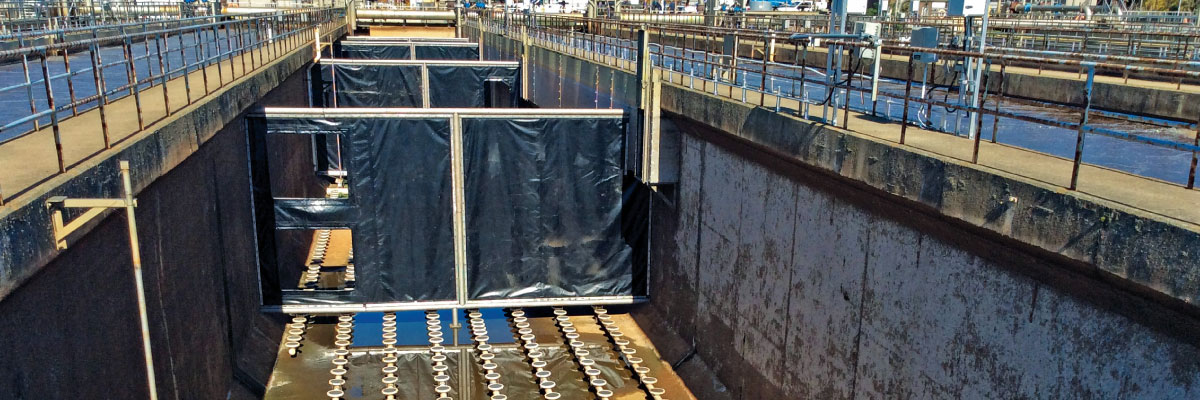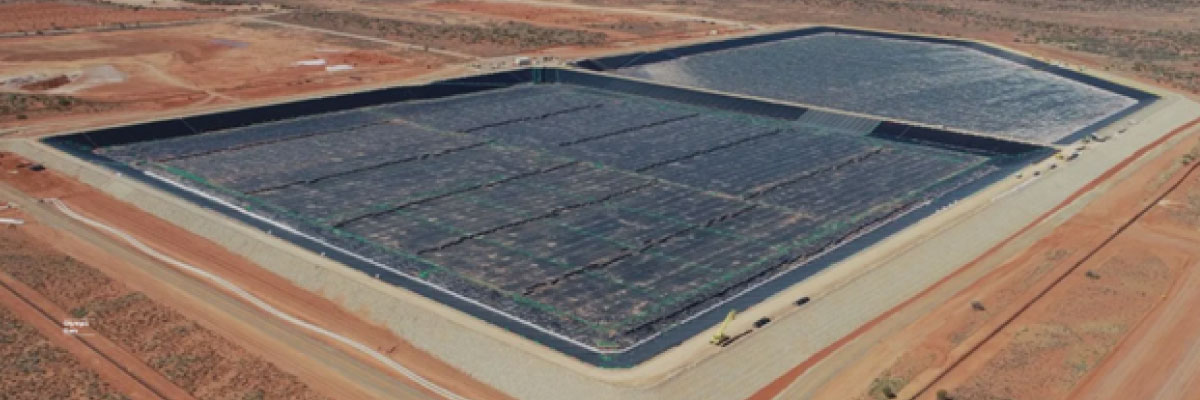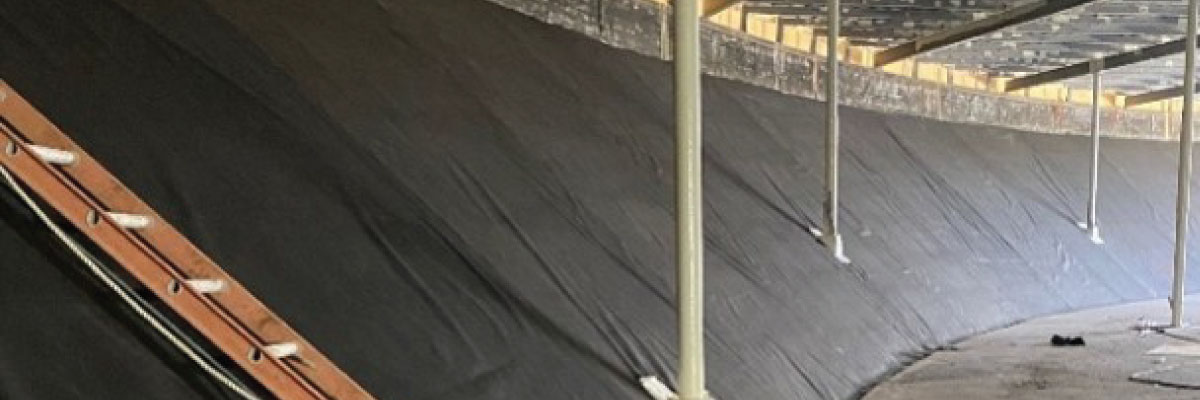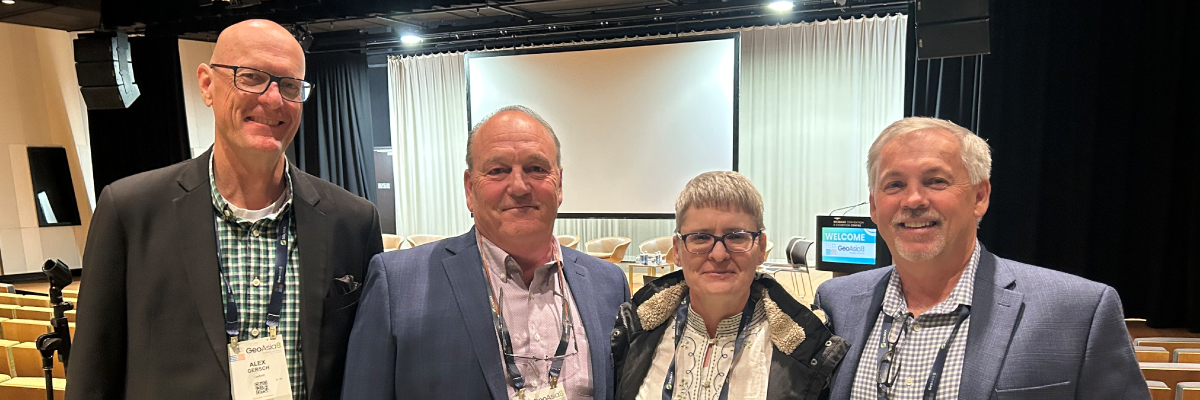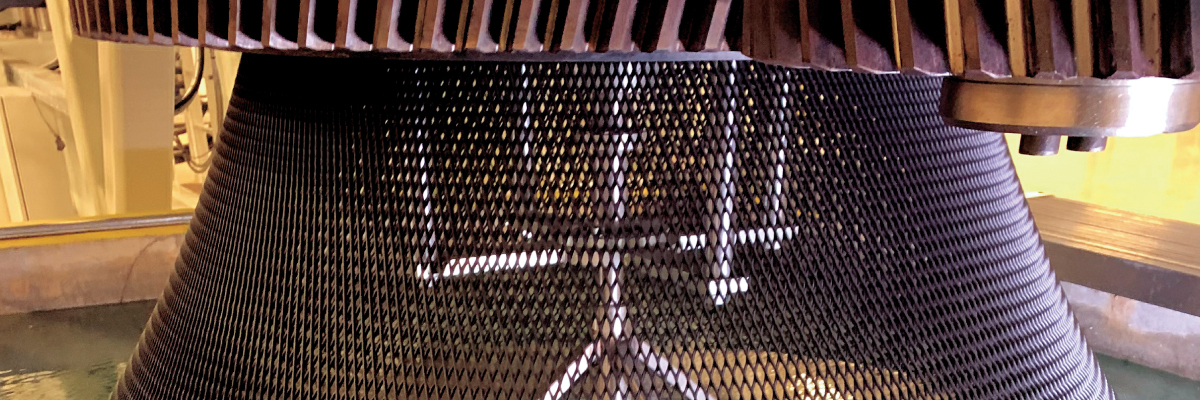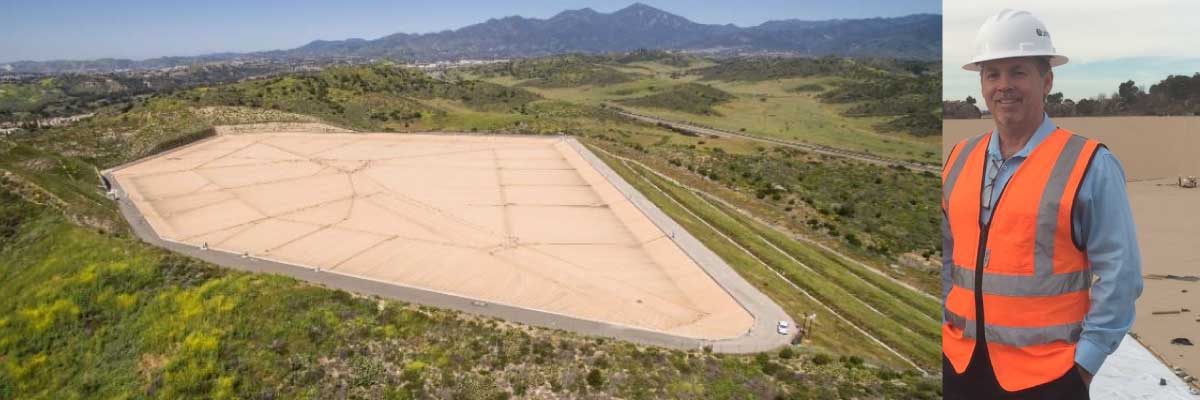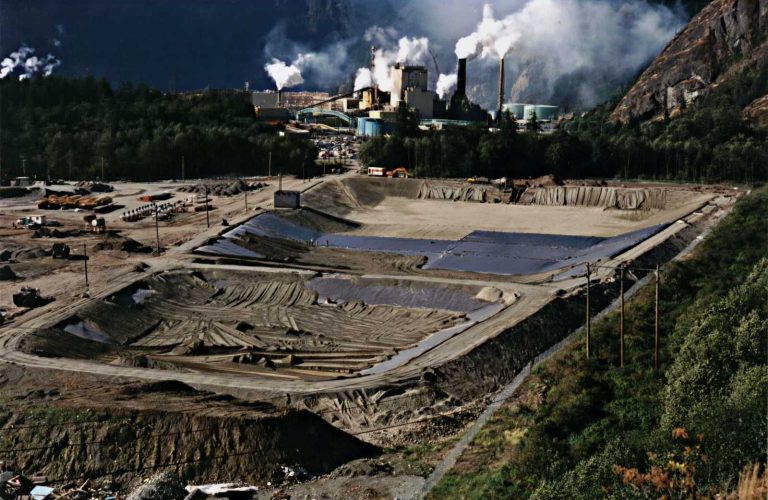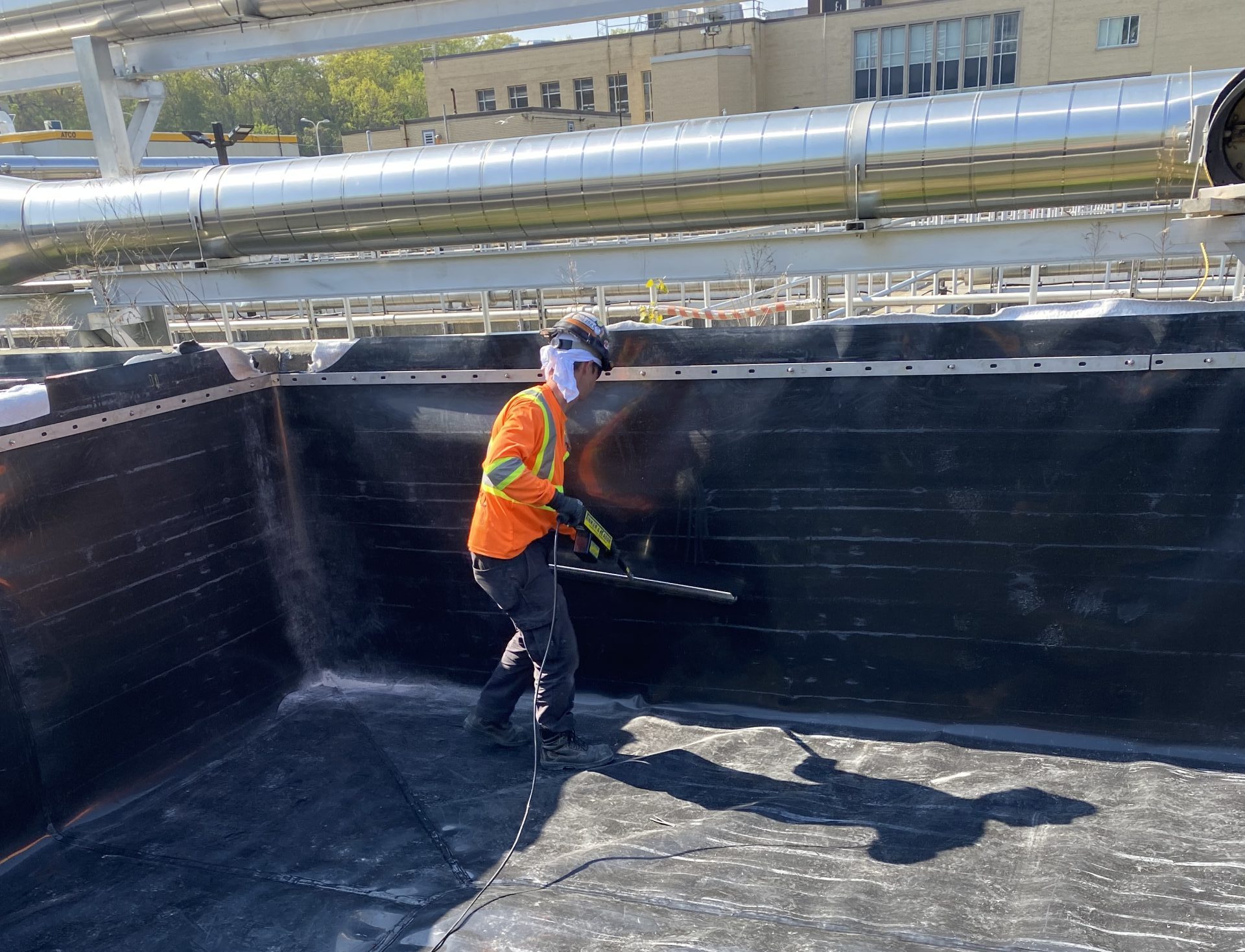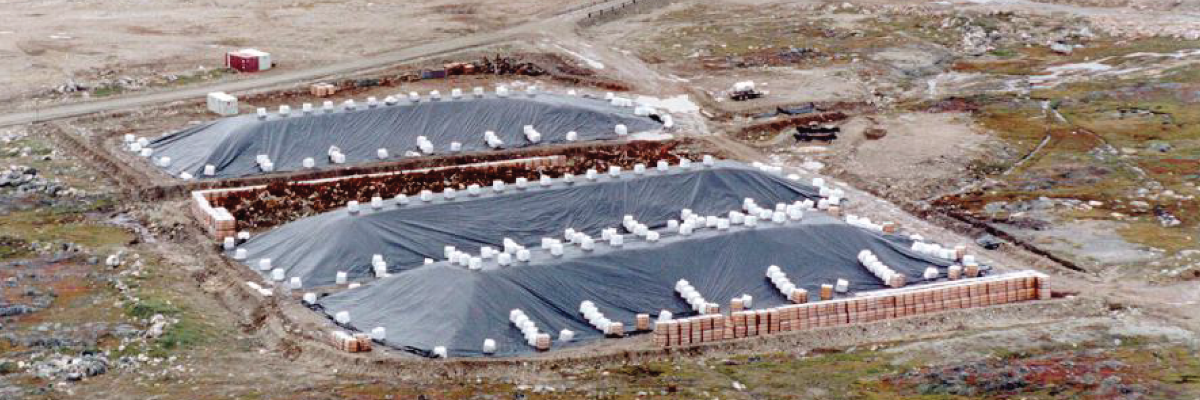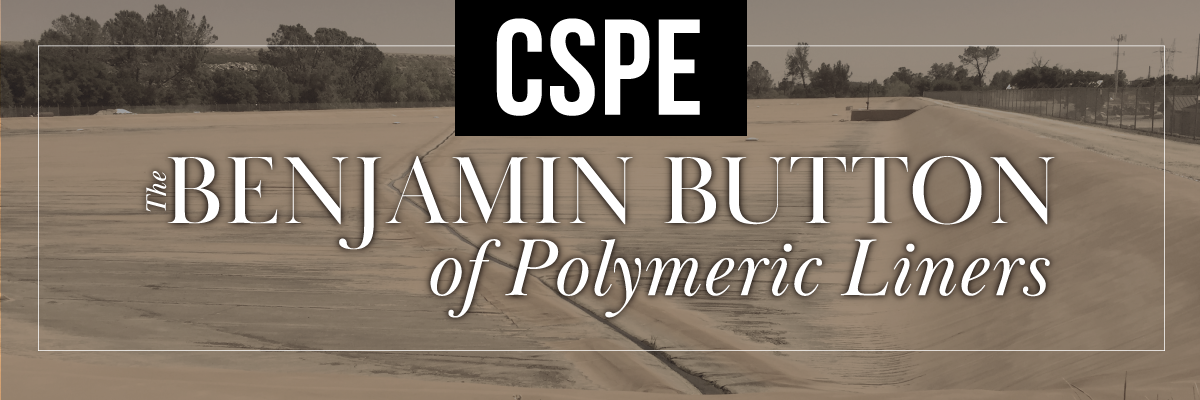Written by John Scheirs | Consultant at ExcelPlas
1. Introduction
Most polymeric liners undergo oxidative aging immediately after installation, and this continues over time, ultimately leading to a reduction of their molecular chain length (this destructive process is referred to as oxidative degradation).
In particular, HDPE, LLDPE, and PP are highly susceptible to chain scission by strong oxidizing agents such as chlorine and chloramine used in potable water. This means statistically, just one break in a polymer chain could lead to a halving of the chain’s molecular weight when the stabilizer package is depleted. The loss of molecular weight of these polyolefins is accompanied by drastic reductions in mechanical properties.
CSPE is the opposite and is truly the ‘Benjamin Button’ of polymeric liners. The progressive cure of CSPE over time effectively reverses the aging process and offsets the detrimental effects of oxidative degradation. The chlorosulfonic groups along the polymer backbone act as active cross-linking sites during the polymer aging process.
Its progressive crosslinking after installation leads to a 3D network structure and a greater degree of effective molecular chain length. This means the critical properties of a CSPE liner, such as tensile strength, modulus, and its tolerance to damage and degradation, actually improve with time in service.
Every molecular chain becomes linked to every other chain giving the cured CSPE liner an infinite molecular weight. This makes CSPE bulletproof against free-radical attack by oxidizing agents. This ability of CSPE liners to vulcanize over time to become a true thermoset rubber with outstanding endurance properties sets it apart from all other polymeric liners.
This also gives CSPE the distinction of having the longest proven service life of any geomembrane. Installations as old as 42 years are still functioning with no obvious signs of degradation or deterioration, even in constant contact with chlorinated water. This is why CSPE is considered the only geosynthetic liner and cover material with a demonstrated track record longer than most people’s careers.
Another reason for the outstanding UV resistance of CSPE liners is they typically contain double to four times the carbon black content of HDPE liners. Since carbon black is an effective UV screen, this prevents UV light from penetrating into the structure.
Even when pigmented black, the very low coefficient of thermal expansion of CSPE means it doesn’t produce the waves and wrinkles that plague the installation of black HDPE geomembranes.
Furthermore, the absence of crystallinity in CSPE means that it is immune from stress cracking which is the Achilles Heel of HDPE geomembranes.
The fact that no other geomembrane has demonstrated successful long-term (40 year plus) performance in potable water applications explains why CSPE liners and covers come with a 30-year weathering warranty (which is the longest offered in the geomembrane industry).
The outstanding weatherability of CSPE liners is underscored by the requirement in the GRI GM-28 Specification for CSPE-R (reproduced below) for 20,000 light hours of QUV exposure without surface cracking, which equates to some 40 -120 years of outdoor life depending on the specific location and level of terrestrial solar radiation.
A good example of the amazing durability of a CSPE floating cover is the Hinkle Reservoir in Folsom, California. The CSPE (Hypalon) floating cover was installed in 1979 and is still in service 42 years later under the hot Californian sun.
In summary, there are 4 key reasons why CSPE liners outperformed other polymer liners over decades of service in potable water applications:
- they crosslink with time hence reversing the typical polymer aging process;
- they contain 2-4 times the carbon black screening content of polyolefin liners;
- they are highly flexible yet contain no plasticizers that can be extracted, leached, or broken down over time and;
- they have a completely saturated backbone (that is, there are no reactive double bonds in the backbone that can react with oxygen or ozone) hence conferring to it outstanding oxygen and ozone resistance.
2. Further Reading
CSPE Geomembranes in Scheirs, J. ‘A Guide to Polymeric Geomembranes’ Published by John Wiley and Sons (2009), Chapter 6, pp. 117-126.
Long-Term Repair of Aged CSPE Geomembranes – View Here
Performance History of CPSE Liners and Covers in Long-Term Potable Water Storage Applications CSPE Performance and History in Long-term Potable Water Storage Applications
CSPE Case Study Hinkle Reservoir – View Here
Related Articles
View All News
